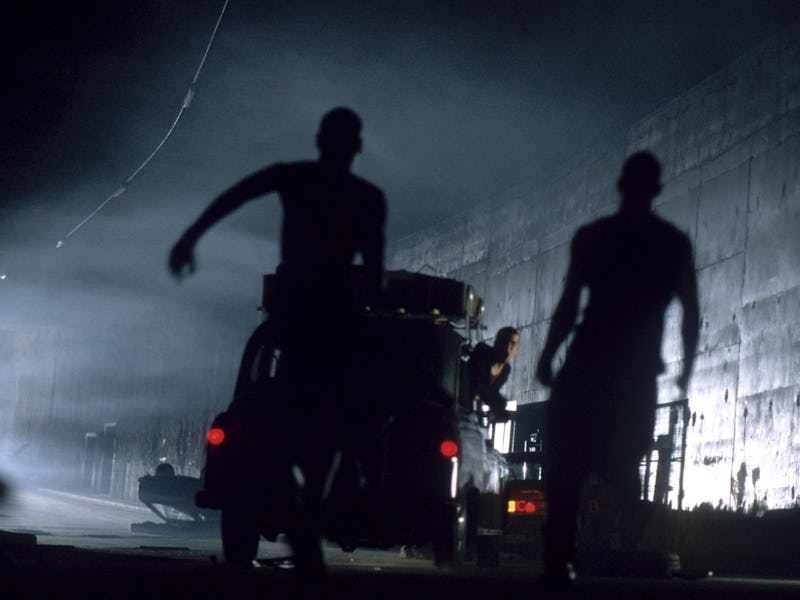The Original 28 Days Later Zombies Would’ve Looked Wildly Different
The original inspiration has surfaced.

One of the greatest innovations of 28 Days Later was the idea that the zombies in the movie weren’t only carnivorous, they were also fast. This notion pervaded nearly every single conversation about the film when it was released in 2003. But what’s interesting is that the zombies we saw in the final film weren’t even the original design. Instead, director Danny Boyle had been inspired by Francis Bacon's paintings, and was hoping to replicate the agonized, blurry look for the moments when the zombies attacked in 28 Days Later.
And now, what that zombie effect might have looked like has emerged. On X (formerly known as Twitter), makeup designer and VFX creator Dominic Hailstone has revealed what 28 Days Later might have looked like, had Boyle gone with this more painterly inspiration.
Before the modern horror classic was called 28 Days Later, Boyle’s film-in-progress was called Rage, which featured a different kind of tone. According to Hailstone, “Originally Danny Boyle wanted to show the zombies attacking in a sort of blurred panic, using Francis Bacon as a reference.”
The images shared by Hailstone (who has credits on films like Morbius and The Color Out of Space) certainly feel like they come from an entirely alternate version of 28 Days Later, even if the speed of the zombies is still present. But the Francis Bacon connection makes a lot of sense. Bacon was known for figurative paintings that also managed to be abstract. Many of his most famous paintings, including “Head VI,” actually resemble zombies, or, at the very least, people being torn apart in some kind of rage and agony.
Head VI during a preview for the National Portrait Gallery's Francis Bacon: Human Presence exhibition, at the gallery in central London. Picture date: Wednesday October 9, 2024. (Photo by Lucy North/PA Images via Getty Images)
Part of what has made 28 Days Later such an enduring work of science fiction horror, is, of course, its artistry. Like the paintings of Bacon, the original film blurred the line between who was truly inhumane — the zombies, or the cruelties being perpetuated by the various human survivors. This kind of thing has been endlessly explored in shows like The Walking Dead, but, arguably, the success of 28 Days Later was in its artistic compactness. This one film said more about the zombie genre and human nature than several seasons of any other zombie TV series.
In this way, even though the exact Francis Bacon references didn’t make it into 28 Days Later, the film has a similar effect. It packs a big punch, in a relatively small package. Just like a painting.